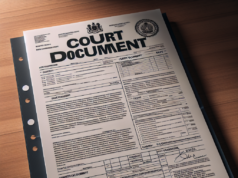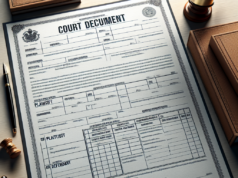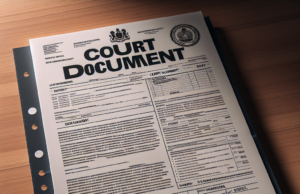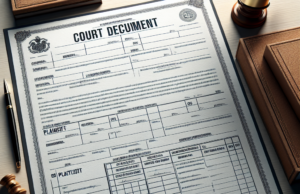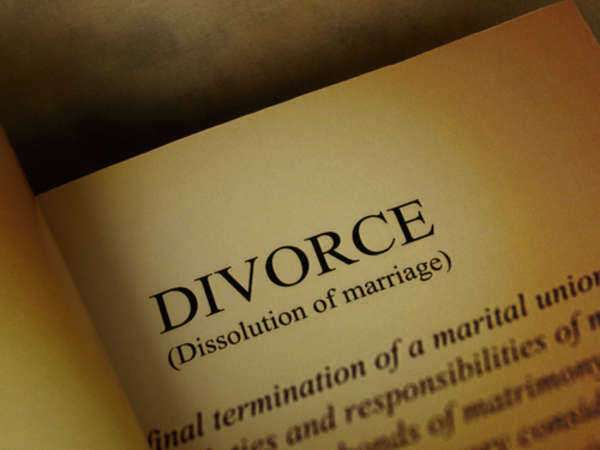
A Brief Guide to the Divorce Process in California
The divorce process in California is complex and made only more difficult by the fact that are is actually more than one divorce process in California that is available, what we might call traditional divorce and also the quicker Summary Dissolution of Marriage. To know which one is right for you, you should investigate the intricacies of both of these systems.
The Traditional Divorce Process in California
• One party, called the “Petitioner,” files a Divorce Petition with the Family Law court in their district. The Divorce Petition must then be served to the spouse. This begins the divorce process in California
• Within 30 days, the spouse, called the Respondent, must file a Response to the Divorce Petition, stating whether they wish to go forward with the divorce proceedings or not.
• If the Respondent fails to respond at all, then the divorce process in California will continue, just without the Respondent’s participation. Responsibilities for creating a custody order, visitation rights, child support, spousal support, and division of property fall to the Petitioner.
• If a Response is filed by the Respondent, then a new phase of the divorce process in California is entered called “Discovery.” Documents and information is exchanged concerning property, income, and savings.
• An Order to Show Cause may be filed if the court is needed during these six months to devise child custody, child visitation, child support, or spousal support orders.
• After the Discovery phase is completed, then a Mandatory Settlement Conference can be arranged. Here, both separating spouses and their attorneys meet in a supervised setting to try and settle as much of the case before trial as possible. Sometimes an entire settlement can be reached, in which case a Marital Settlement Agreement is written.
• If the Mandatory Settlement Conference does not result in a Marital Settlement Agreement, then the trial phase of the divorce process in California is entered. A judge will listen to both separated spouses and creates a judgment based on their cases.
• Once six months have passed since the initial Divorce Petition is filed, a divorce can become final when all other matters are settled upon.
A Summary Dissolution of Marriage
If you remain on good terms with your separated from spouse and want simply to speed up the divorce process, then a summary dissolution of marriage may be the best case scenario for you. However, you need to meet a few strict requirements before filing for this type of divorce process in California:
• Your marriage is less than five years old.
• At least one spouse has lived in California for the past six months and in the county of filing for the last three months.
• You have no children together.
• You do not own any real estate.
• You have not acquired more than $4,000 in non-auto loans.
• You have acquired less than $32,000 in property since your marriage, not counting the money you owe.
• You do not have separate property worth more than $32,000, not counting the money you owe.
• No one desires spousal support.
• You both signed the Join Petition.
• You have agreed on how to divide your property and your debt.




